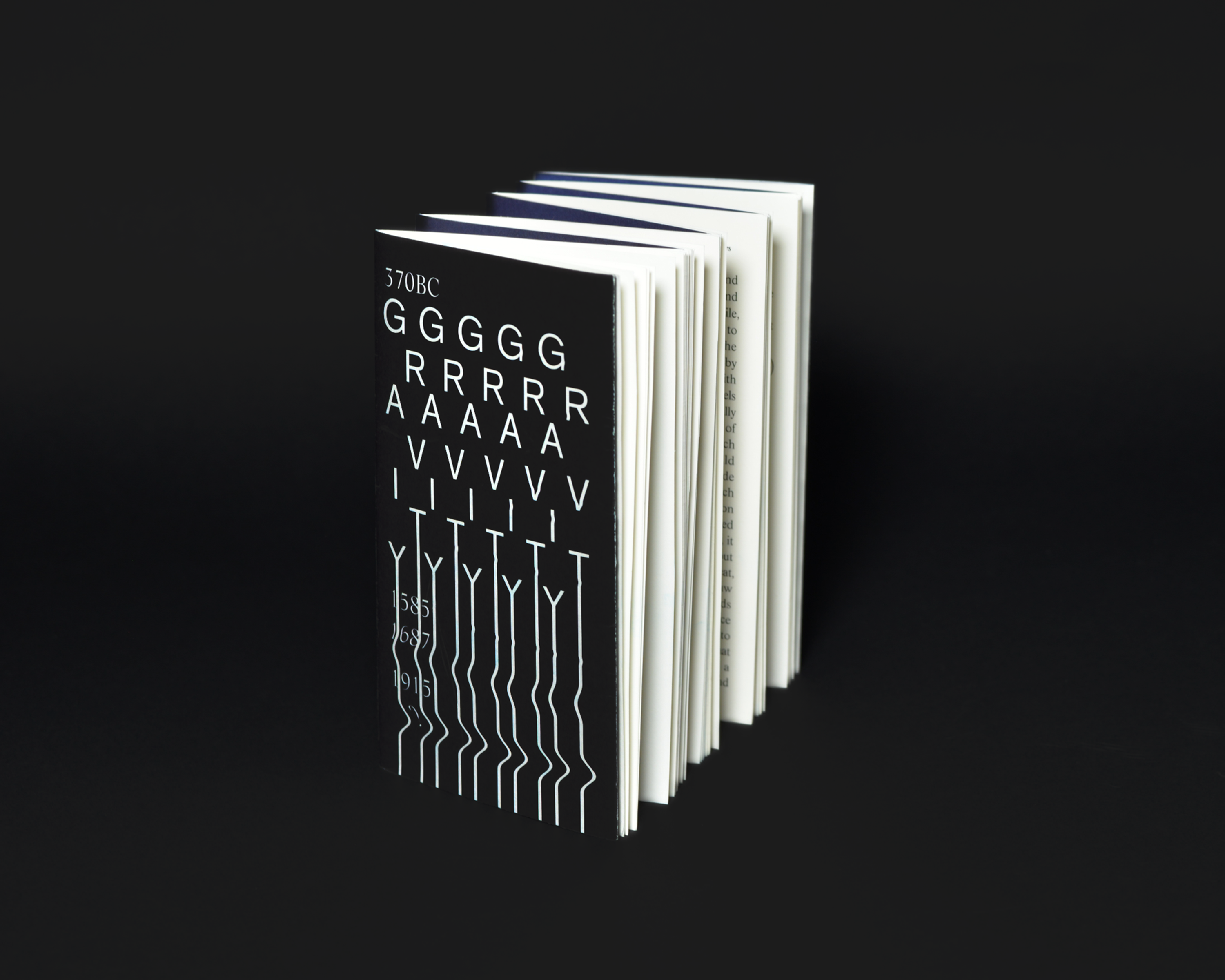Gravity: 370BC, 1585, 1687, 1915, ?
Man has long been aware of the concept of up and down, and that different objects have different weights. Ancient Greek philosopher Aristotle believed that objects move downward toward the center of the universe, which was their natural place, and he was convinced that heavier objects must fall faster than lighter objects. These ideas were held as true for almost 2000 more years until Galileo proposed that a falling body would fall with a uniform acceleration. Newton brought in additional enlightenment to gravitational thought by developing the first convincing mathematical theory of gravity — two masses are attracted toward each other by a force whose effect decreases according to the inverse square of the distance between them. From this point, gravity is no longer the earthbound force, but a relational force between any objects. Newton’s law of universal gravitation, in turn, was replaced by Einstein’s General theory of relativity, which describes gravity as a consequence of the curvature of spacetime rather than a force. A complete theory of quantum gravity is required when trying to describe gravity according to the principles of quantum mechanics. Human minds have been freed from the inevitable fall to the force of geocentrism, and the idea of gravity is becoming more relational and fluid. The idea of gravity has lost its fateful weight.
Man has long been aware of the concept of up and down, and that different objects have different weights. Ancient Greek philosopher Aristotle believed that objects move downward toward the center of the universe, which was their natural place, and he was convinced that heavier objects must fall faster than lighter objects. These ideas were held as true for almost 2000 more years until Galileo proposed that a falling body would fall with a uniform acceleration. Newton brought in additional enlightenment to gravitational thought by developing the first convincing mathematical theory of gravity — two masses are attracted toward each other by a force whose effect decreases according to the inverse square of the distance between them. From this point, gravity is no longer the earthbound force, but a relational force between any objects. Newton’s law of universal gravitation, in turn, was replaced by Einstein’s General theory of relativity, which describes gravity as a consequence of the curvature of spacetime rather than a force. A complete theory of quantum gravity is required when trying to describe gravity according to the principles of quantum mechanics. Human minds have been freed from the inevitable fall to the force of geocentrism, and the idea of gravity is becoming more relational and fluid. The idea of gravity has lost its fateful weight.
Dec 2015
This project uses typographical treatment to express human understanding of gravity in five different eras—from the earthbound fall to the fluidity of the quantum field.
Each chapter features text selected from a scientist’s obscure original publication, in purposeful contrast with accessible explanations in modern language from Wikipedia. Two typefaces have been applied to denote the distinction in readability where modern texts are easier to grasp, and thus lighter. The original discourses are set on the left side of the spread, while modern texts are set on the right. Different page number position and movement, text alignment, and glyph choice in five chapters mirror the variant gravitational theories. The page number of the heavier side falls faster in Aristotle, while they fall equally on two sides in Galileo’s age. Instead of moving from top to bottom, the numbers move toward the gutter as gravity turns into attractions between two objects according to Newton. The book is saddle stitch bound with five separate signatures connecting together by a continuous cover.
This project uses typographical treatment to express human understanding of gravity in five different eras—from the earthbound fall to the fluidity of the quantum field.
Each chapter features text selected from a scientist’s obscure original publication, in purposeful contrast with accessible explanations in modern language from Wikipedia. Two typefaces have been applied to denote the distinction in readability where modern texts are easier to grasp, and thus lighter. The original discourses are set on the left side of the spread, while modern texts are set on the right. Different page number position and movement, text alignment, and glyph choice in five chapters mirror the variant gravitational theories. The page number of the heavier side falls faster in Aristotle, while they fall equally on two sides in Galileo’s age. Instead of moving from top to bottom, the numbers move toward the gutter as gravity turns into attractions between two objects according to Newton. The book is saddle stitch bound with five separate signatures connecting together by a continuous cover.



















